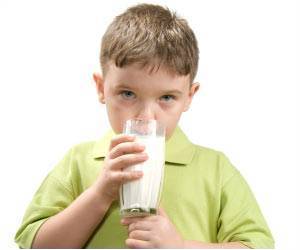Replacing sugar with high fructose corn syrup (HFCS) does not lead to obesity and both are okay up to 20 percent levels of total energy intake in a low calorie diet.
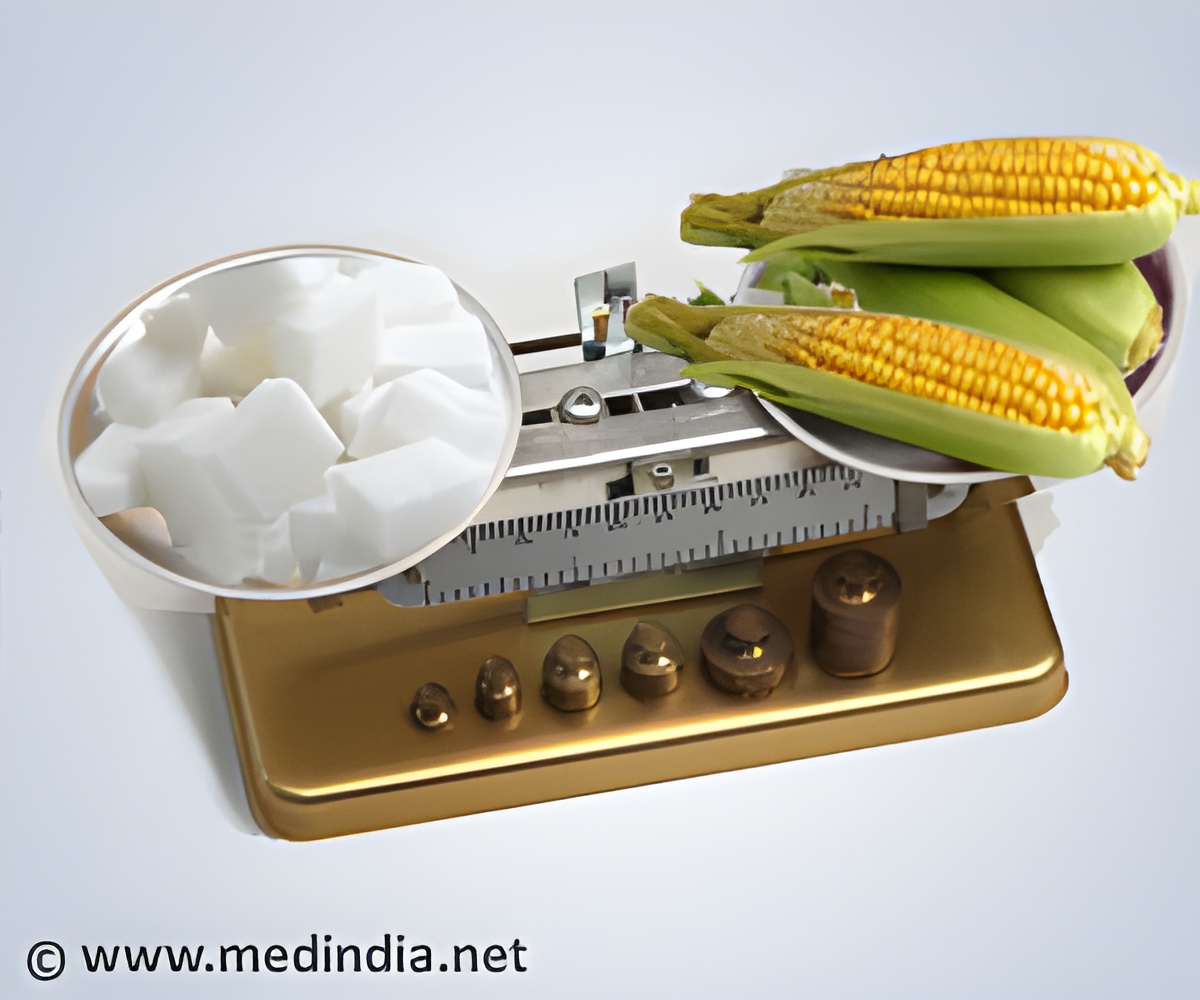
HFCS and sucrose are similar as far as short term energy regulating hormones or appetite is concerned. Sucrose (commonly known as table sugar) is composed of equal proportion of fructose and glucose. HFCS is used in two forms in the food industry – HFCS-55, used in sweetened carbonated drinks with 55 percent fructose and 45 percent glucose; and HFCS-42, used in baked goods and consisting of 42 percent fructose and 58 percent glucose.
So, to delve further into the debate of sucrose vs. HFCS and whether they lead to obesity, Joshua Lowndes and his colleagues from Rippe Lifestyle Institute, Florida, USA and Rhode Island University, USA, examined the effects of four equally hypocaloric diets (diets providing fewer calories than average diets) containing different levels of sucrose and HFCS. They also compared changes in weight and body composition, along with the risk factors for coronary heart disease, type-2 diabetes and the metabolic syndrome in overweight and obese individuals.
Their 12-week randomized trial included 247 overweight /obese subjects between the ages of 25–60, but only 162 participants completed the intervention.
The participants were divided into five groups -
• Grp1 - (HFCS 10%): sweetener at 10 percent of total calories provided from High Fructose Corn Syrup, plus exercise.
• Grp3 - (Sucrose 10%): 10 percent of total calories provided from sucrose, plus exercise.
• Grp5 - (Control group): habitual diet, plus exercise.
The hypocaloric diet groups (1 to 4) were given diets consisting of their regular calorie intake minus 500 cal. The meal plan for Grp 1 to 4 consisted of 50-55 percent of carbohydrates, 15-20 percent of protein, and 25-30 percent fat. They were also given low fat (1%) milk, sweetened by either sucrose or HFCS to deliver 10 or 20 percent of calories from the sweetener according to their group.
Participants had to exercise daily and the duration of exercise increased progressively from 15 minutes thrice a week to 45 minutes three days a week at 60 to 80 percent of their maximal aerobic power.
The results revealed that -
• HFCS-10% group showed the greatest change as compared to the control group. ‘Reductions were observed in all measures of adiposity including body mass, BMI, percentage body fat, waist circumference and fat mass for all four hypocaloric groups, as well as reductions in the exercise only group for body mass, BMI and waist circumference’, said the researchers. However, there were no significant differences among the four hypocaloric groups.
• HFCS and sucrose at 10 or 20 percent levels of total energy intake do not prevent weight loss and associated improvements in body composition when a supervised weight loss program is followed.
• Fifty percent increase in vitamin D occurred as a result of sweetened milk consumption. As is known, deficiencies in vitamin D are associated with impaired glucose tolerance, the metabolic syndrome and diabetes independent of obesity. Vitamin D is also essential for the metabolism of insulin and may contribute to reduction in the CRP (C-reactive protein) levels. Vitamin D may also contribute to LDL reduction.
• There is no difference between HFCS or sucrose in any metabolic parameter including glucose, insulin, leptin, ghrelin, triglycerides, uric acid, and appetite levels. When consumed at levels up to 20 percent of total energy intake for fructose in a hypocaloric diet, neither HFCS nor sucrose impedes weight loss.
The researchers concluded that equally hypocaloric diets provoked similar weight changes regardless of the type or amount of sugar consumed since both are metabolically equivalent. ‘Our data suggest that such actions are pointless and potentially misleading to consumers, since HFCS and sucrose are nutritionally interchangeable’ they said.
They, however, felt that larger and longer duration studies were required from more diverse population groups using higher doses (approximately 15% of calories as fructose) of either sucrose or HFCS.
Source: Lowndes, J., et al. The effects of four hypocaloric diets containing different levels of sucrose or high fructose corn syrup on weight loss and related parameters. Nutrition Journal 2012, 11:55 doi:10.1186/1475-2891-11-55
Source-Medindia
 MEDINDIA
MEDINDIA
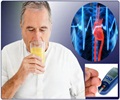
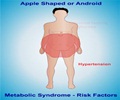

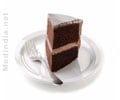
 Email
Email






